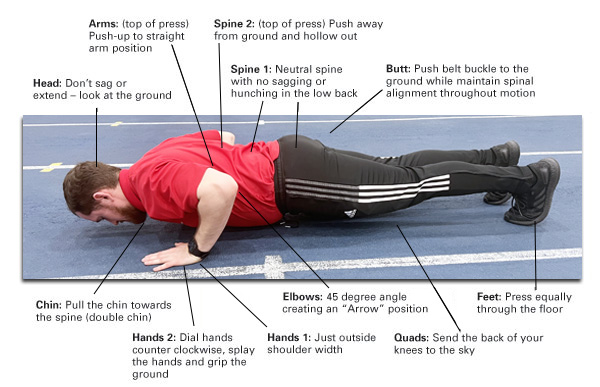 Why is it so Tough?
Why is it so Tough?
It’s that time of year where vacations, work, school, and even the sunshine dictate our schedule. After nearly 6 months of trying to attain New Year’s Resolutions, it can be hard to keep momentum with all of these variables influencing how we spend our time. Some may be on track to meet their goals, while others may have faced some adversity, or some haven’t set goals just yet. The good news is that January 1 is not the only day you can set goals – maybe today is the day for you!
What Can I Do?
Fortunately, there is a lot you can do! Below are just a few ways you can get on track to be the best version of yourself and improve your well-being!
Set New Goals
Like I said, we are not limited to our New Year’s resolutions. We should frequently look to improve or adjust our goals based on where we are. If a goal was met – Great! Push your boundaries a bit further. If a goal was not met – no worries! Adjust your goals to account for the season of life you are in this Summer. If you haven’t made a goal and don’t know where to start – we are here to help! Reach out to a staff member to maximize your fitness journey!
Sign Up for Events & Classes
Events offered by not only NIFS but also the community provide external sources of motivation to keep momentum high. By signing up for an event, you are essentially setting a goal of some level to participate in the event and perform to a certain degree, which is a great starting point to increase motivation.
Signing up for classes at NIFS is an excellent way to create accountability and establish consistency in your routine, while also taking the burden of programming off your shoulders and on our superb staff! Additionally, being part of the NIFS community in classes helps establish social support in your pursuit of fitness.
Incorporate Portable Exercise
Schedules can be demanding and dynamic at this point in the year. The best way to accommodate schedules is to utilize exercises that you can do anywhere! Bodyweight exercises are a great way to make your workout portable. Investing in a set of resistance bands can go a long way when you are traveling, which allow you to not only create variety in your training but also provide a high enough training stimulus to create gains!
Go Outside!
This is another great way to make your exercises portable and enjoyable! It can be hard to go inside the gym when the weather is beautiful, so why not take the gym outside?! Combining the methods in the previous section with outdoor activity can be an easy way to boost exercise enjoyment and get your daily dose of Vitamin D. Try our Free Fitness in the Park on Tuesday and Thursday at noon this summer at White River State Park.
Momentum is hard to keep during the Summer, but there are easily implementable methods to keep it up. Try setting new goals, sign up for events or classes, make your training portable, and go outside! If you need any help, our staff is well-equipped to provide guidance in your pursuit of health and wellness!


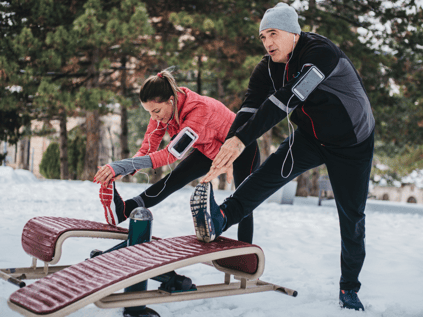 The temperatures are still frigid, and there are days when it seems as if the sun doesn’t shine. This is the time of year when we can start to feel down and less motivated, and maybe start to develop a case of the winter blues. It's easy for these negative thoughts to start creeping into our heads, but it is just as easy to kick these thoughts to the curb with these five simple steps.
The temperatures are still frigid, and there are days when it seems as if the sun doesn’t shine. This is the time of year when we can start to feel down and less motivated, and maybe start to develop a case of the winter blues. It's easy for these negative thoughts to start creeping into our heads, but it is just as easy to kick these thoughts to the curb with these five simple steps.
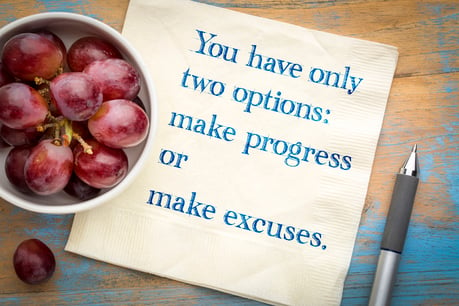 After the New Year, springtime is another time that motivates us to make a fresh start. When the weather finally starts to warm up and the breeze is blowing, we want to throw open the windows and let the rebirth all around us revitalize our homes and our spirits.
After the New Year, springtime is another time that motivates us to make a fresh start. When the weather finally starts to warm up and the breeze is blowing, we want to throw open the windows and let the rebirth all around us revitalize our homes and our spirits.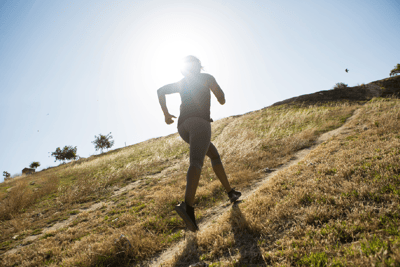 Fitness is a great tool to use to train the mind. Yes, often people work out for physical health, but exercise is also getting a lot of
Fitness is a great tool to use to train the mind. Yes, often people work out for physical health, but exercise is also getting a lot of 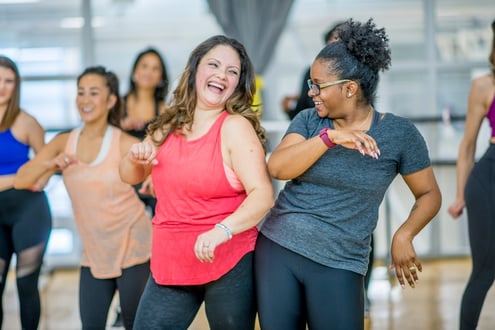 “You've got this!” "Keep it up!” “So strong!”
“You've got this!” "Keep it up!” “So strong!” 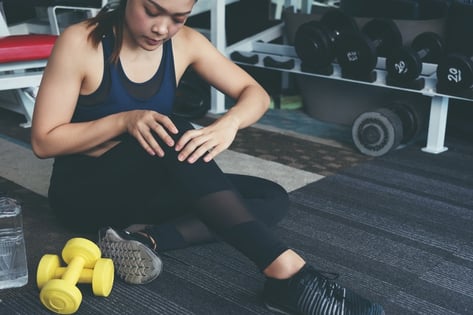 Think about the most recognized duos of all time: Batman and Robin. Mario and Luigi. Buzz and Woody. Stability and Mobility. Wait, what? Yes, like superhero teams, stability and mobility work together to achieve a balanced, harmonious environment for functional movement.
Think about the most recognized duos of all time: Batman and Robin. Mario and Luigi. Buzz and Woody. Stability and Mobility. Wait, what? Yes, like superhero teams, stability and mobility work together to achieve a balanced, harmonious environment for functional movement.
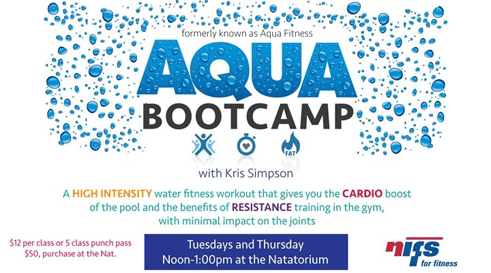
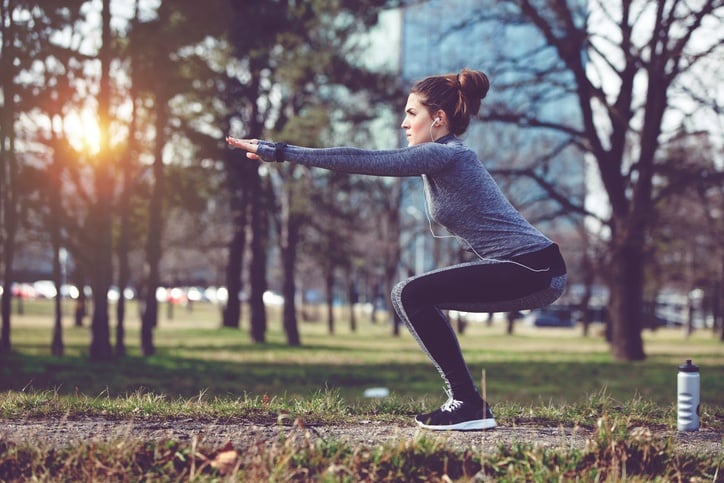 When you hear the word stretch, you might think immediately about flexibility (or perhaps your lack thereof). Flexibility was always the term used for enhancing limited movement, until the word mobility arrived and took the fitness industry by storm.
When you hear the word stretch, you might think immediately about flexibility (or perhaps your lack thereof). Flexibility was always the term used for enhancing limited movement, until the word mobility arrived and took the fitness industry by storm.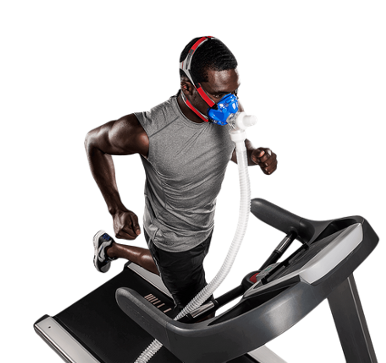 Fitness trends come and go, but heart-rate training is something that has been around for a long time; and due to its validity, I have a feeling it will not be leaving anytime soon. In fact, some places base their entire programming around your heart rate. And knowing your heart-rate training zone is actually a very useful tool for anyone—from the marathon runner to the three-times-a-week boot camp attendee!
Fitness trends come and go, but heart-rate training is something that has been around for a long time; and due to its validity, I have a feeling it will not be leaving anytime soon. In fact, some places base their entire programming around your heart rate. And knowing your heart-rate training zone is actually a very useful tool for anyone—from the marathon runner to the three-times-a-week boot camp attendee!